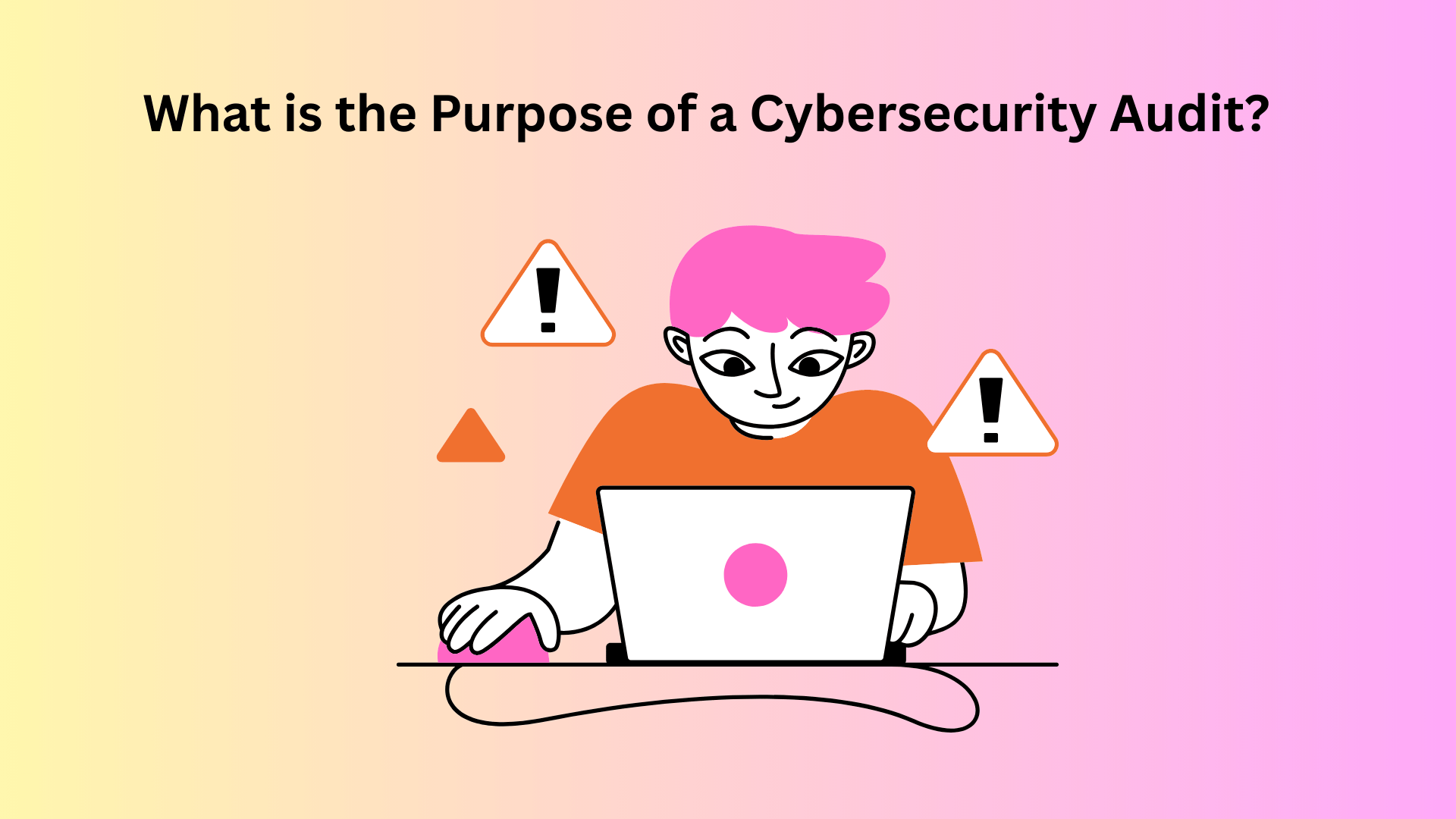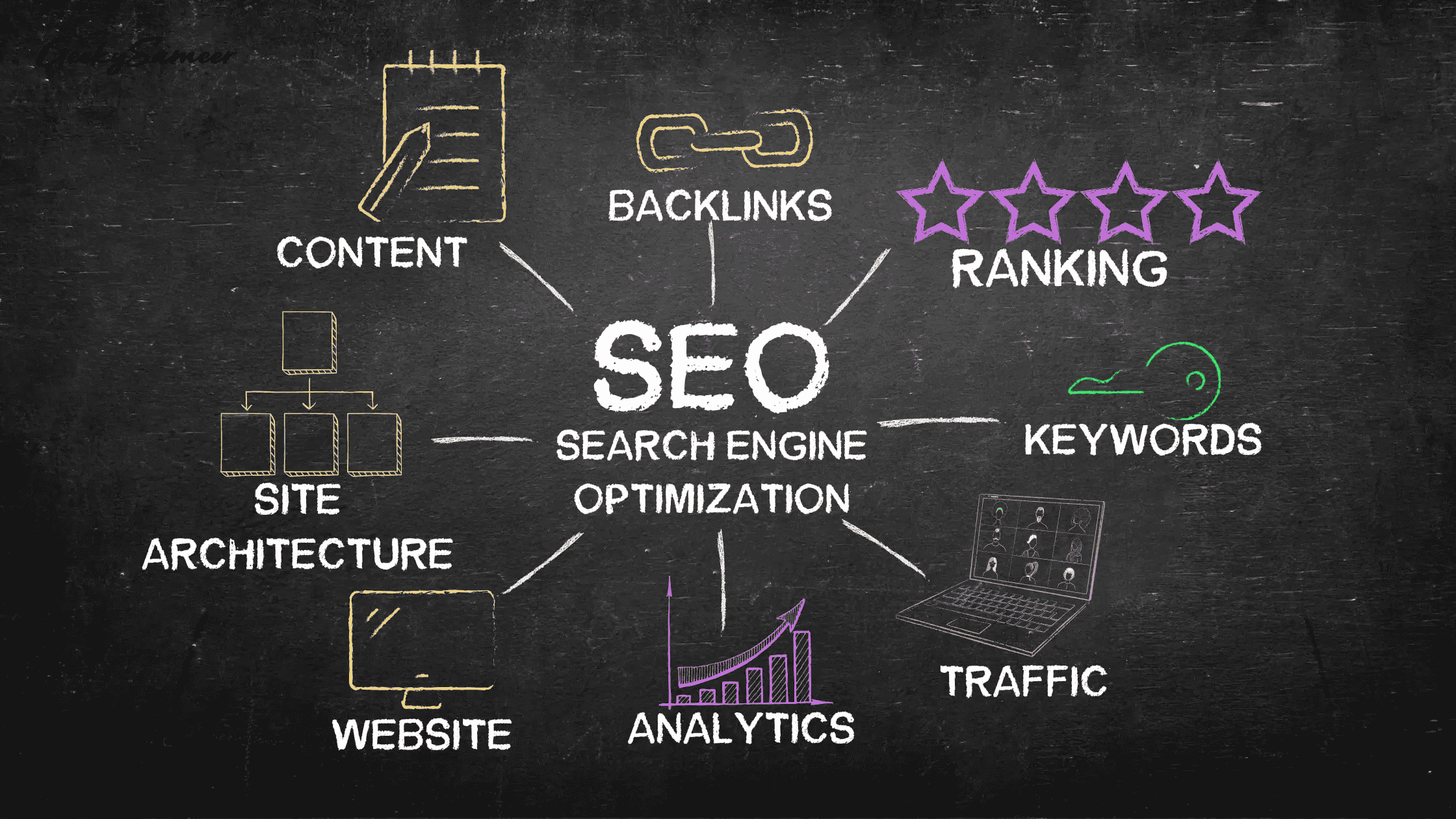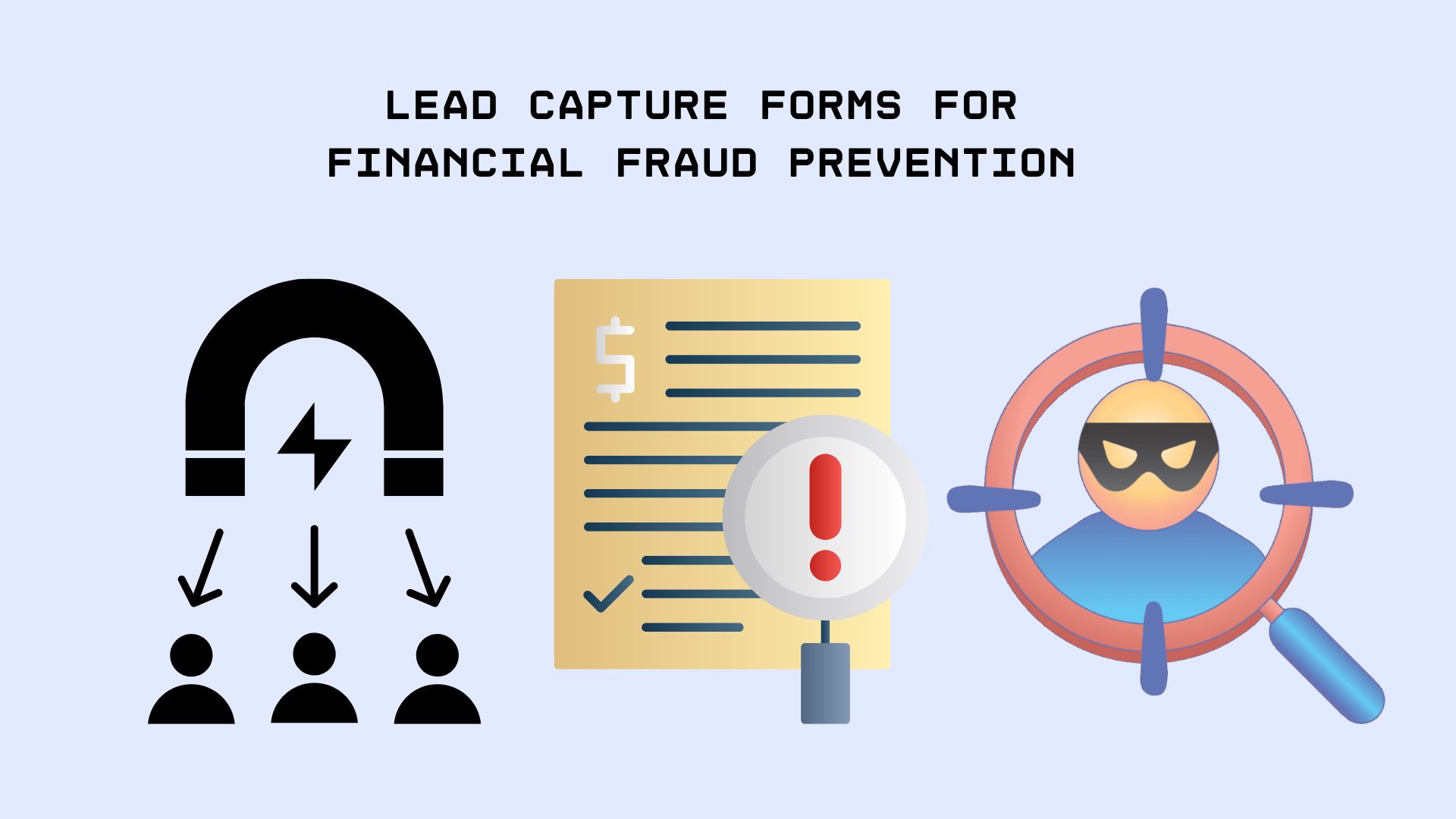Cybersecurity Audits: What They Include and How to Prepare for Every Stage
Protecting your business from cyber threats can feel overwhelming. Hackers, data breaches, and system vulnerabilities are on the rise.
Determining if your defenses are sufficient is no easy task.
Did you know that 43% of cyberattacks target small businesses?
Cybersecurity audits help identify weaknesses before hackers do. They assess how secure your systems and processes genuinely are.
In this blog post, you'll discover what to expect during a cybersecurity audit and how to prepare for one with confidence.
It’s time to reinforce your defenses. Keep reading!
What is the Purpose of a Cybersecurity Audit?

A cybersecurity audit assesses how effectively your organization safeguards its data and systems.
It identifies shortcomings in security policies, risk management practices, and adherence to regulatory standards such as HIPAA or GDPR.
Auditors evaluate processes to ensure they align with industry requirements.
Every business needs to understand its current position to improve its defenses.
Preventing cyber threats is another critical objective of these audits.
They pinpoint weaknesses that attackers might take advantage of, such as inadequate passwords or obsolete software.
This forward-looking approach helps lower the likelihood of breaches while enhancing overall data protection measures.
Key Areas Assessed During a Cybersecurity Audit
A cybersecurity audit thoroughly examines different components of your systems and procedures.
It highlights weaknesses that might be overlooked.
a. Security Policies and Compliance Standards
Strong security policies provide a foundation for protecting sensitive data.
Businesses must establish clear rules for handling information, securing networks, and managing risks.
Compliance standards, like GDPR or HIPAA, often dictate how companies should store and process data.
Failing to meet these standards can lead to hefty fines or legal trouble.
Regularly updating policies helps address new cyber threats and aligns with changing regulations.
This not only protects your business but also builds trust with clients and partners.
Auditors often check if your policies meet required compliance frameworks.
They review documentation to confirm you follow industry-specific laws.
For example, financial services may need PCI DSS compliance, while healthcare organizations must follow HIPAA rules.
Outdated policies, incomplete records, or vague procedures may raise concerns during an audit.
Prepare thoroughly by reviewing requirements and ensuring policies are clear and enforceable.
Strong compliance measures tie directly to identifying vulnerabilities in your systems, which leads us to the next focus area of cybersecurity audits.
b. Vulnerability Scans and Infrastructure Analysis
A strong policy framework means little if your infrastructure crumbles under threats.
Vulnerability scans dig deep to identify weak spots in your systems.
These scans assess software, hardware, and networks for issues that attackers might exploit.
Unpatched software, misconfigured devices, or outdated systems often make easy targets.
Regular infrastructure analysis sheds light on risks that could disrupt operations.
It examines firewalls, servers, and connected devices for security gaps.
For instance, a neglected router with weak credentials could act as an open door for hackers.
Partnering with experienced IT experts like ACC Technical Services can help businesses strengthen network resilience and address vulnerabilities efficiently before they become major threats.
As the saying goes, “A chain is only as strong as its weakest link.” Keep every component secured to avoid costly breaches."
c. Identity and Access Management
Identity and Access Management (IAM) limits access to sensitive systems and data.
It ensures that the correct individuals only receive approved access based on their roles.
This method reduces risks associated with unauthorized entry, insider threats, and human error.
Multi-factor authentication and strict password policies enhance IAM practices.
Regularly assessing user permissions helps identify outdated or excessive access rights.
These measures safeguard information while adhering to compliance standards like GDPR or HIPAA.
d. Incident Response and Security Event Logs
Strong identity and access controls lose their effectiveness without proper incident handling and log management.
Security event logs act as a trail of evidence, offering clues when cyber threats bypass defenses.
These logs record details about user activities, system changes, and potential irregularities.
Responding to incidents quickly reduces damage, prevents breaches from escalating, and keeps business operations functioning.
A well-maintained process here can distinguish between a minor issue and a major disaster.
Organized logs accelerate threat analysis and incident response.
They help IT teams identify attack patterns, timing, and severity.
Regular audits of these logs reveal weak points, giving businesses a chance to address vulnerabilities.
Taking initiative with incident handling demonstrates to regulators and clients that their data is taken seriously.
Businesses can’t overlook this step; thorough tracking safeguards sensitive information and preserves reputations.
e. Physical Security of Sensitive Areas
Limit access to sensitive areas like server rooms or data centers.
Use badge systems, biometric scanners, or keycodes to control entry. Install security cameras to monitor activity 24/7.
Position guards at main points during high-risk hours for added protection.
Lock all doors and cabinets that house critical hardware or documents.
Regularly inspect physical barriers and equipment for signs of tampering or wear.
Keep backup generators ready in case power fails. Secure windows with reinforced materials to prevent break-ins.
Train staff about the importance of reporting suspicious behavior instantly.
A strong approach here ties directly into effective identity and access management practices.
How to Prepare for a Cybersecurity Audit

Preparation makes or breaks the audit process. Start early, stay organized, and tackle weaknesses head-on.
a. Define the Scope and Objectives of the Audit
Outline what areas the audit will address, such as risk evaluations, adherence to regulations, or safeguarding data.
Specify clear goals, like finding weaknesses in security measures or enhancing response strategies for incidents.
Adjust the scope to suit your business requirements, considering factors like company size, industry, and current risks.
Avoid unclear objectives; focus on practical outcomes that strengthen information security.
b. Conduct a Pre-audit Self-Assessment
Defining the scope gives clarity, but preparation demands taking action.
A pre-audit self-assessment helps identify weak spots before the real audit begins.
- Review all current security policies and procedures. Look for gaps or outdated measures that don’t align with compliance standards.
- Check staff adherence to security practices. Observe employee habits, like password management, to spot potential risks.
- Perform internal vulnerability assessments. Scan for security flaws in software, networks, and devices.
- Assess data access and control protocols. Verify that only authorized personnel can reach sensitive information.
- Analyze previous incident response logs. Identify patterns or recurring issues that need fixing.
- Examine documentation accuracy. Double-check records for completeness and consistency.
- Test existing physical security measures. Confirm that sensitive areas are secure from unauthorized access. If you’re looking for professional audit readiness or managed IT guidance, you can browse KPInterface online to explore support options tailored for small and mid-sized businesses preparing for cybersecurity audits.
c. Review and Update Security Policies and Procedures
Preparing for a cybersecurity audit requires refining security policies. Outdated procedures create vulnerabilities that cyber threats can exploit.
1. Identify gaps in existing policies: Check if they address current compliance standards and risks tied to emerging cyber threats.
2. Align policies with industry regulations: Ensure consistency with frameworks like GDPR, HIPAA, or NIST Cybersecurity Framework as relevant.
3. Reassess roles and responsibilities: Verify that team members understand their duties related to data protection and risk management.
4. Remove outdated guidelines: Retire legacy procedures that no longer serve the organization or align with contemporary security needs.
5. Add new controls based on recent threats: For example, include measures for ransomware attacks or phishing attempts if they’ve been prevalent.
6. Evaluate identity management rules: Confirm that access permissions match workers’ roles and adhere to least-privilege principles.
7. Update incident response plans: Reflect lessons learned from past security events and prepare for potential worst-case scenarios.
8. Document all changes: Create written records to avoid confusion during audits and maintain clarity for team members.
9. Train employees on new policies: Use real-world examples to clarify how updates impact daily workflows.
10. Revisit policies regularly: Schedule periodic reviews to keep them aligned with shifting regulatory and operational needs.
d. Gather and Organize Relevant Documentation
Organizing documentation is a vital step in preparing for a cybersecurity audit. Clear records show your commitment to data protection and compliance.
1. Gather all current security policies, procedures, and compliance certifications. Auditors will review these to assess adherence to compliance standards. Outdated documents might raise red flags.
2. Collect copies of network architecture diagrams and system inventories. These provide auditors with a clear overview of your infrastructure. Missing details could lead to inaccurate assessments.
3. Compile past vulnerability assessments and risk management reports. Auditors will compare these to current practices and check if you addressed previous findings.
4. Assemble incident response plans and logs of past security incidents. These demonstrate how your team handles cyber threats. Hazy or incomplete logs can suggest poor threat detection.
5. Include training records that show completed employee cybersecurity education. This highlights proactive measures to mitigate human error.
6. Organize access control lists and identity management records. These confirm your security framework protects sensitive data. Gaps might indicate risky user permissions.
7. Record hardware and physical security measures for sensitive areas. Auditors may inspect safeguards like locks, cameras, or restricted zones to verify protection against breaches.
e. Ensure Employee Training and Awareness
Training employees on cybersecurity establishes a solid initial line of defense.
Educate them to identify phishing emails, suspicious links, or social engineering tactics.
Provide clear examples during sessions and include practical exercises for effective learning.
Organize regular workshops to remain prepared against emerging cyber threats.
Ensure training materials reflect the most recent compliance standards and risk management practices.
Promote questions so employees feel assured in safeguarding company data every day.
Conclusion
Cybersecurity audits help safeguard your business from concealed threats.
They identify weaknesses, mitigate risks, and ensure adherence to regulations.
Thorough preparation saves time and minimizes pressure.
Concentrate on effective policies, accurate documentation, and knowledgeable employees.
A well-structured plan today protects your data for the future.







